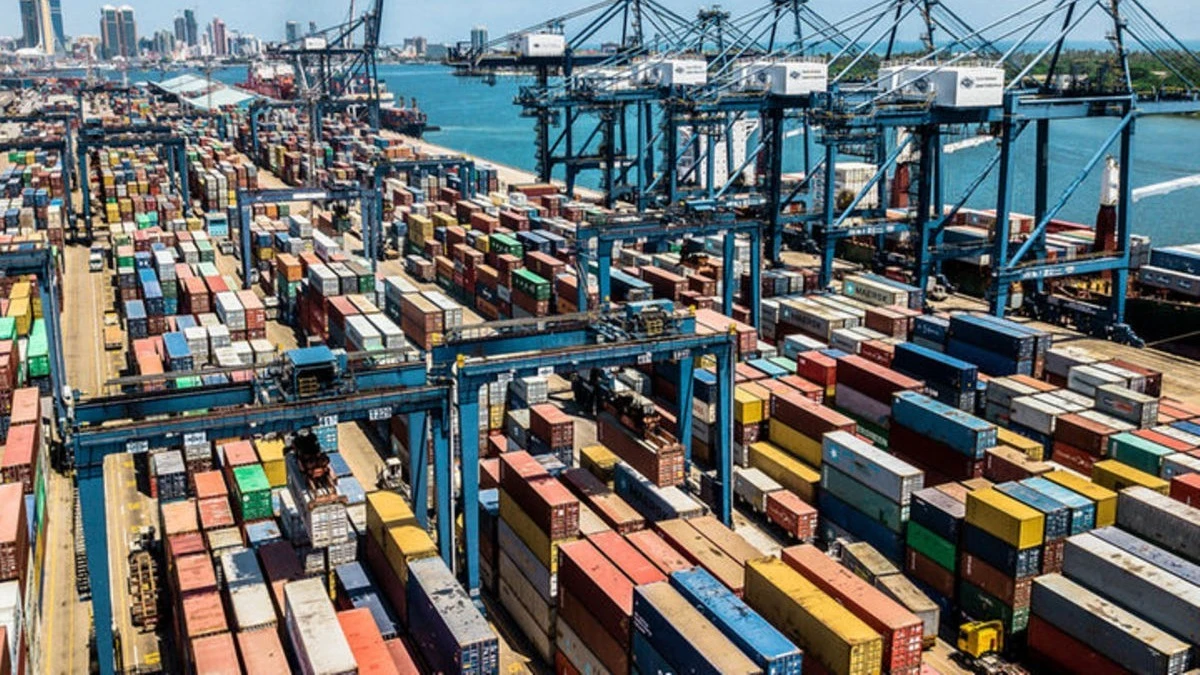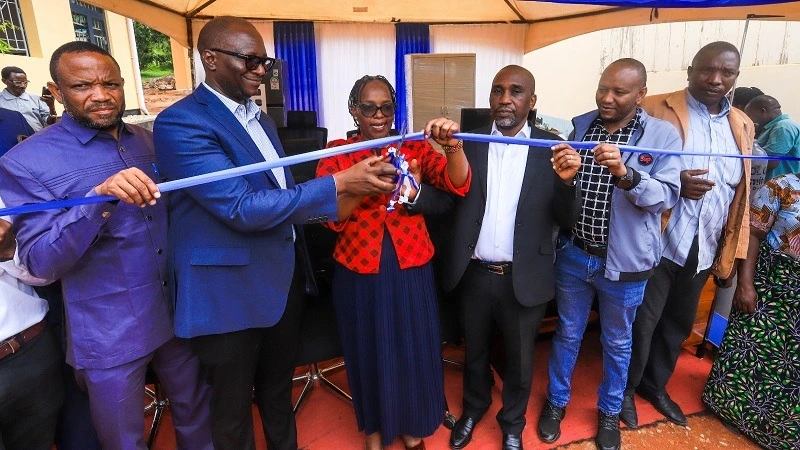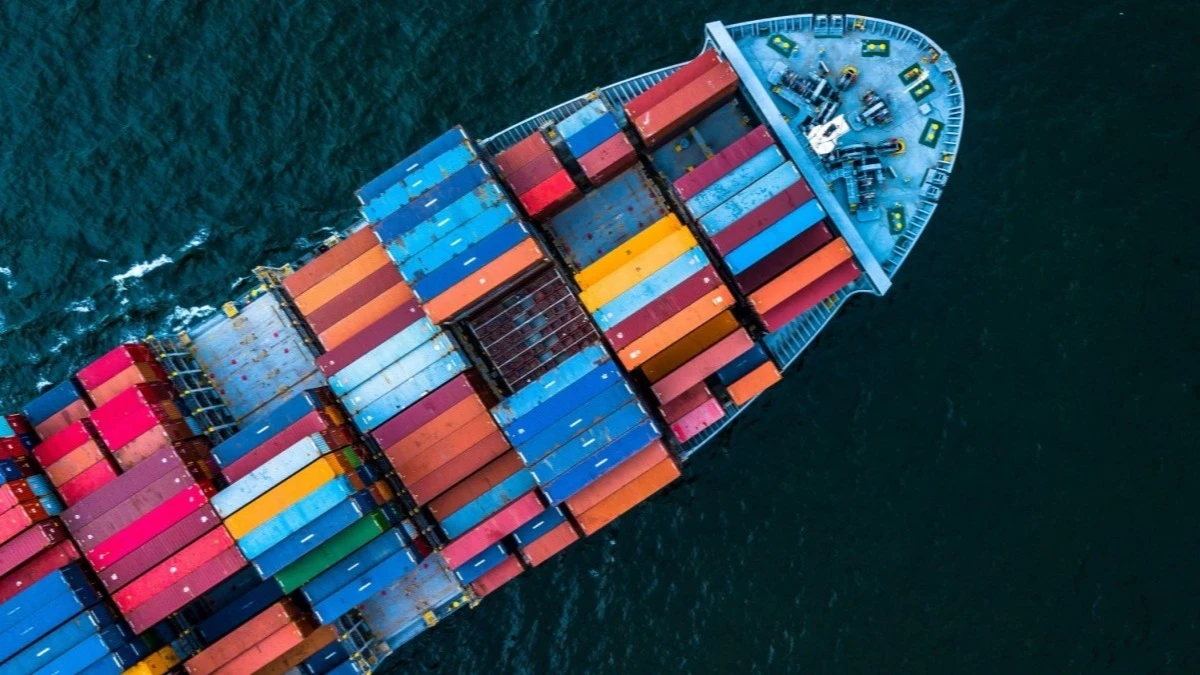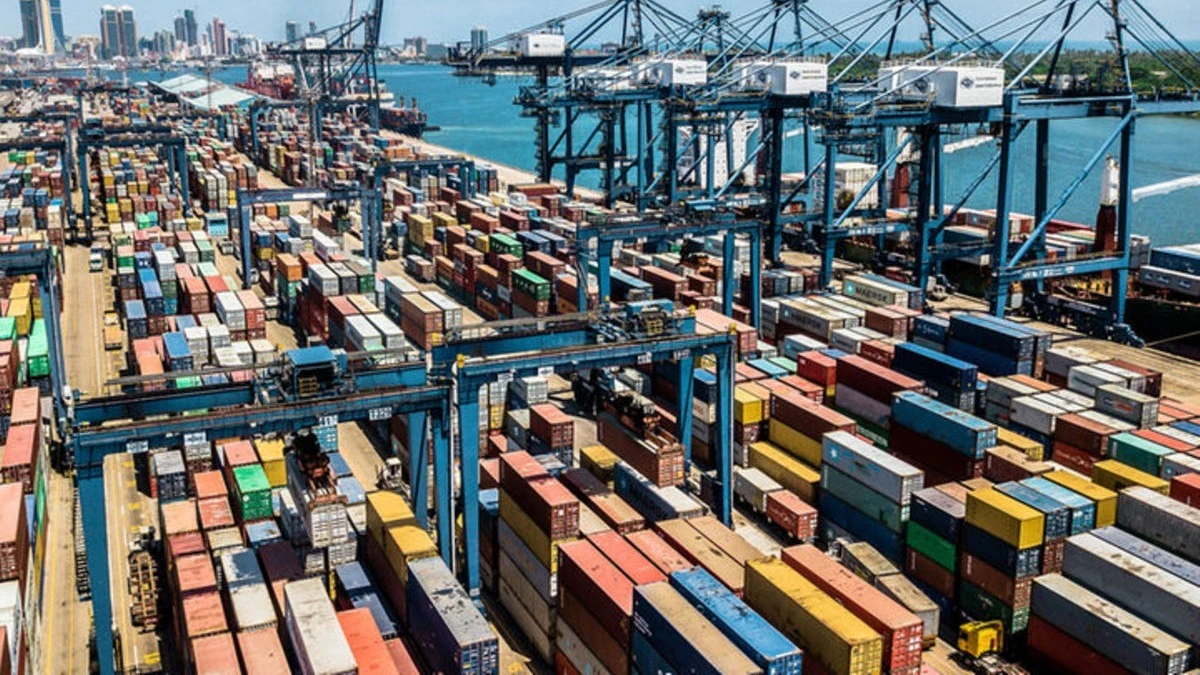Dar port handles 27.7mmt, at 15percent rise in a year

THE Port of Dar es Salaam has closed the 2024/25 financial year with a record-breaking cargo throughput of 27.7m tonnes, a 15 per cent year-on-year increase, also the highest volume in the port’s history.
Abed Gallus, the acting port director, said in a briefing yesterday that the surge in volume — up from 23.69m tonnes for fiscal 2023/24 and a leap from 18m tonnes in 2021/22 — reflects a combination of infrastructure upgrades, operational reforms and improved service speeds.
All this is part of the government-backed Dar es Salaam Maritime Gateway Project (DMGP), he said, affirming that the 15 per cent annual growth signals a fundamental shift in the port’s operating tempo and capability.
“For cargo owners, lenders and insurers, this performance creates a new normal that can be planned for and equally priced for,” he stated, noting that central to the transformation has been the deepening and reinforcement of the entrance channel and key berths to around 14.5 metres.
This has allowed larger vessels to call with heavier loads and tighter schedules, with container ship turnaround times dropping from ten days to just three.
“That seven-day saving translates directly into lower demurrage and detention costs, shorter cash-conversion cycles and reduced risks for logistics planners,” he explained, elaborating that previously, a container vessel required over a week in port. “Now we can receive, handle and dispatch it within 72 hours,” he specified.
The port is now handling up to 50,000 tonnes per mixed-cargo vessel — tripling the previous average of 15,000 tonnes, with bulk grain shipments reaching 65,000 tonnes per vessel, figures that are unprecedented, he said.
Larger loads allow operators to spread fixed costs more efficiently, improve scheduling accuracy and reduce inventory risk across the supply chain, benefits that ripple through the national economy, he asserted.
Operational clarity has also improved as global shipping firm DP World manages berths 0–7, while Tanzania East Africa Gateway Terminal Ltd (TEAGTL) oversees berths 8–11, he said.
This division, paired with public investment in port infrastructure, has led to more reliable berth scheduling, better night-shift performance and higher equipment uptime, he said, noting further that day-to-day discipline is what ultimately builds confidence in real trade-finance terms.
Over the past year, the port increased cargo volume by four million tonnes while simultaneously reducing service time, but sustaining this momentum will require consistency: from preventive maintenance on cranes and yard equipment to digital coordination between terminal systems and customs processes.
The port must also remain operationally resilient during rains and maintain night-shift productivity, he said, underling that to protect port velocity, TPA has begun diverting part of its container flow to the Kwala Inland Container Depot (ICD) via rail.
“The inland clearance model frees up precious waterfront space and allows the quayside to focus on high-speed ship-to-shore handling,” he stated, affirming that the strategic core remains in Dar es Salaam, where berth depth, crane availability and operator precision set the tone for the entire logistics corridor.
Top Headlines
© 2025 IPPMEDIA.COM. ALL RIGHTS RESERVED






















